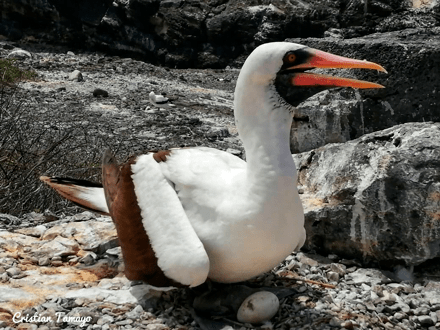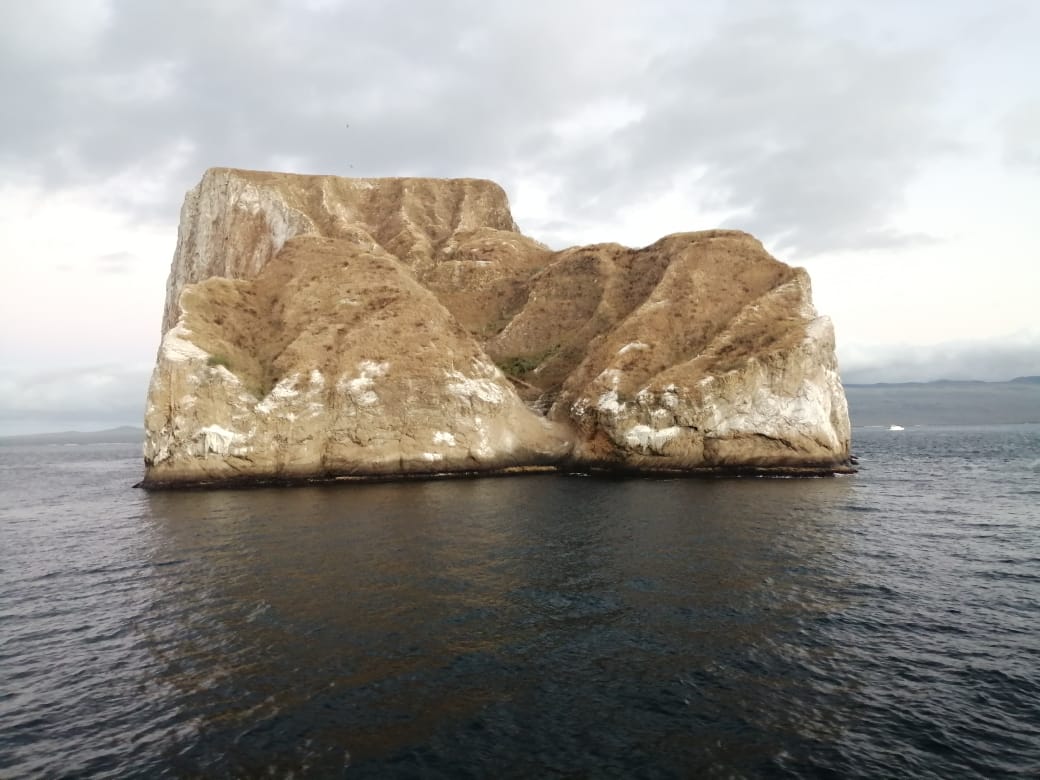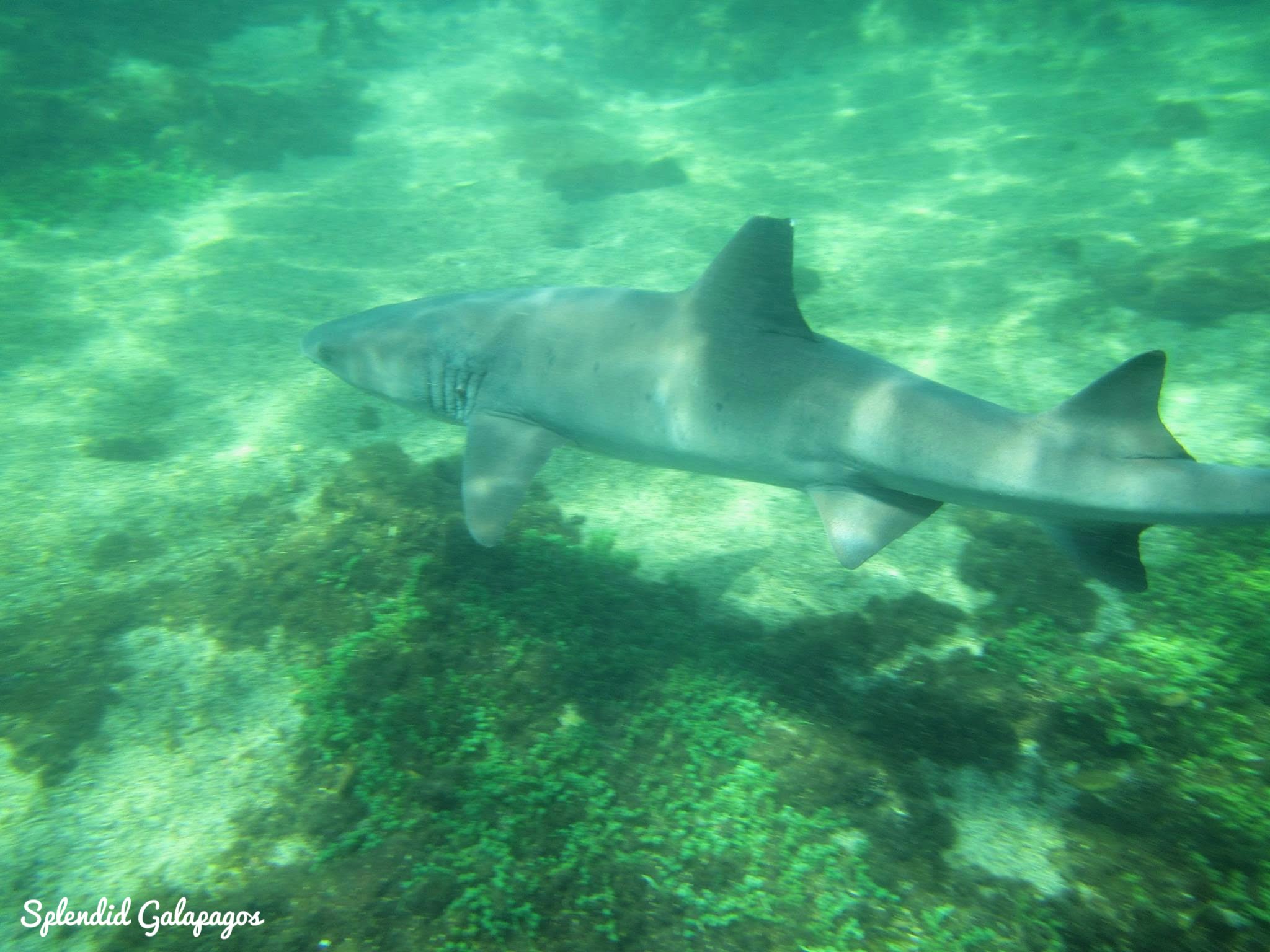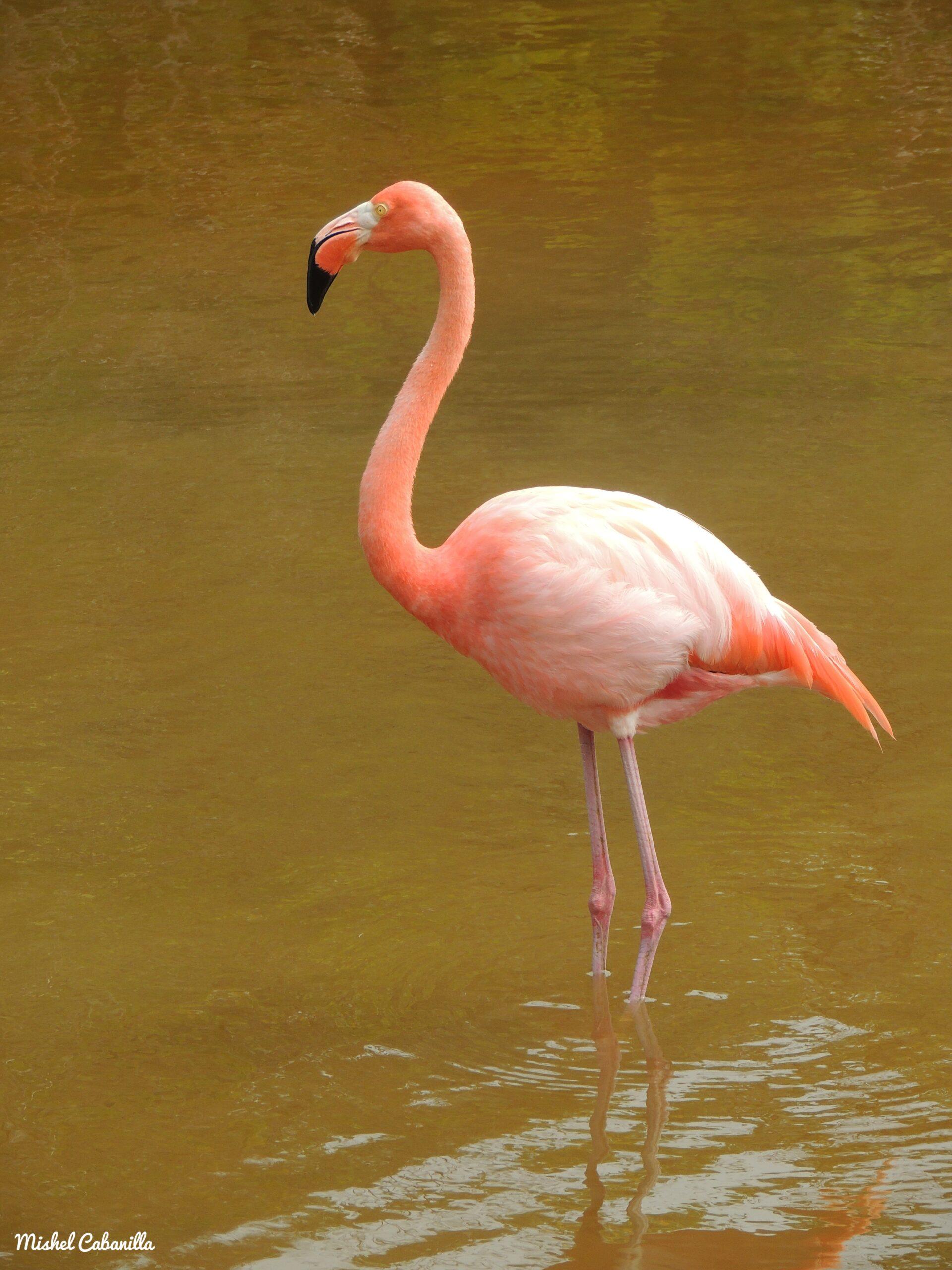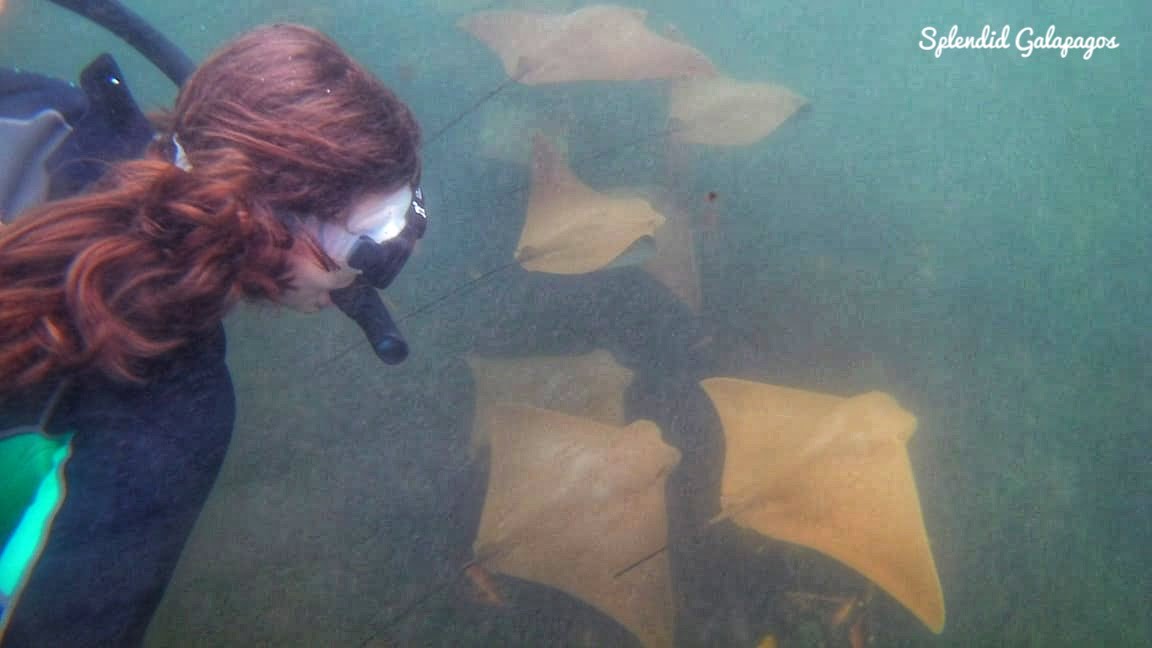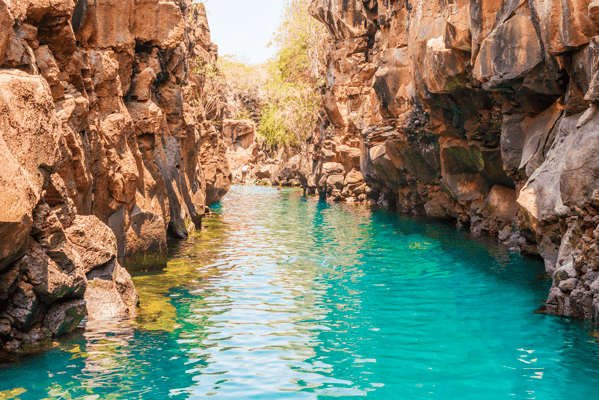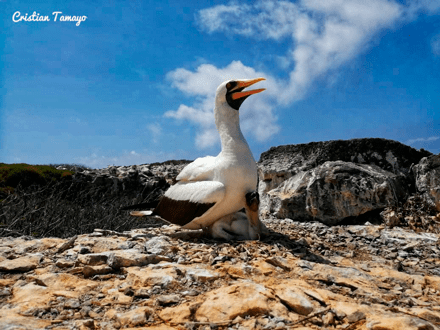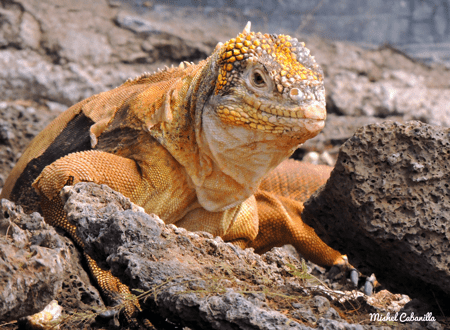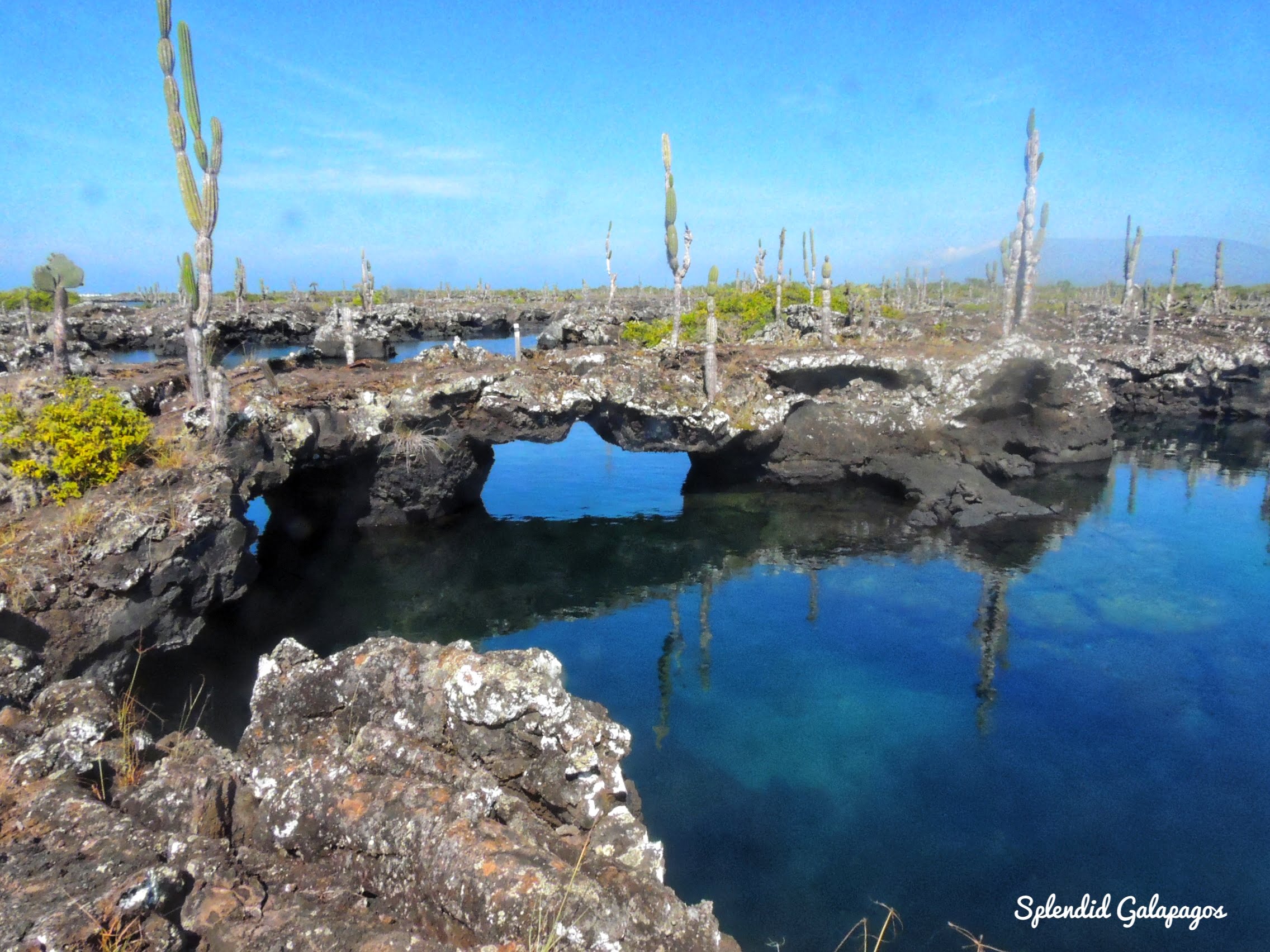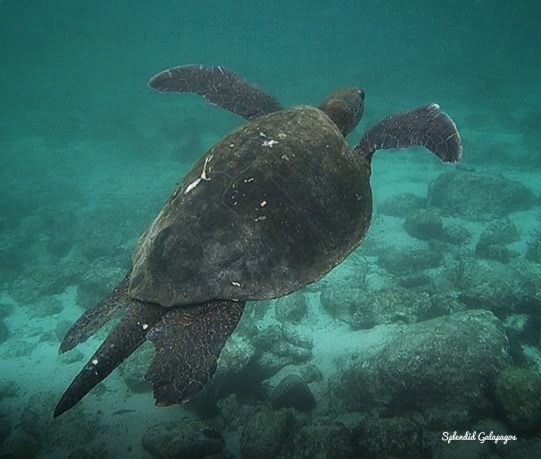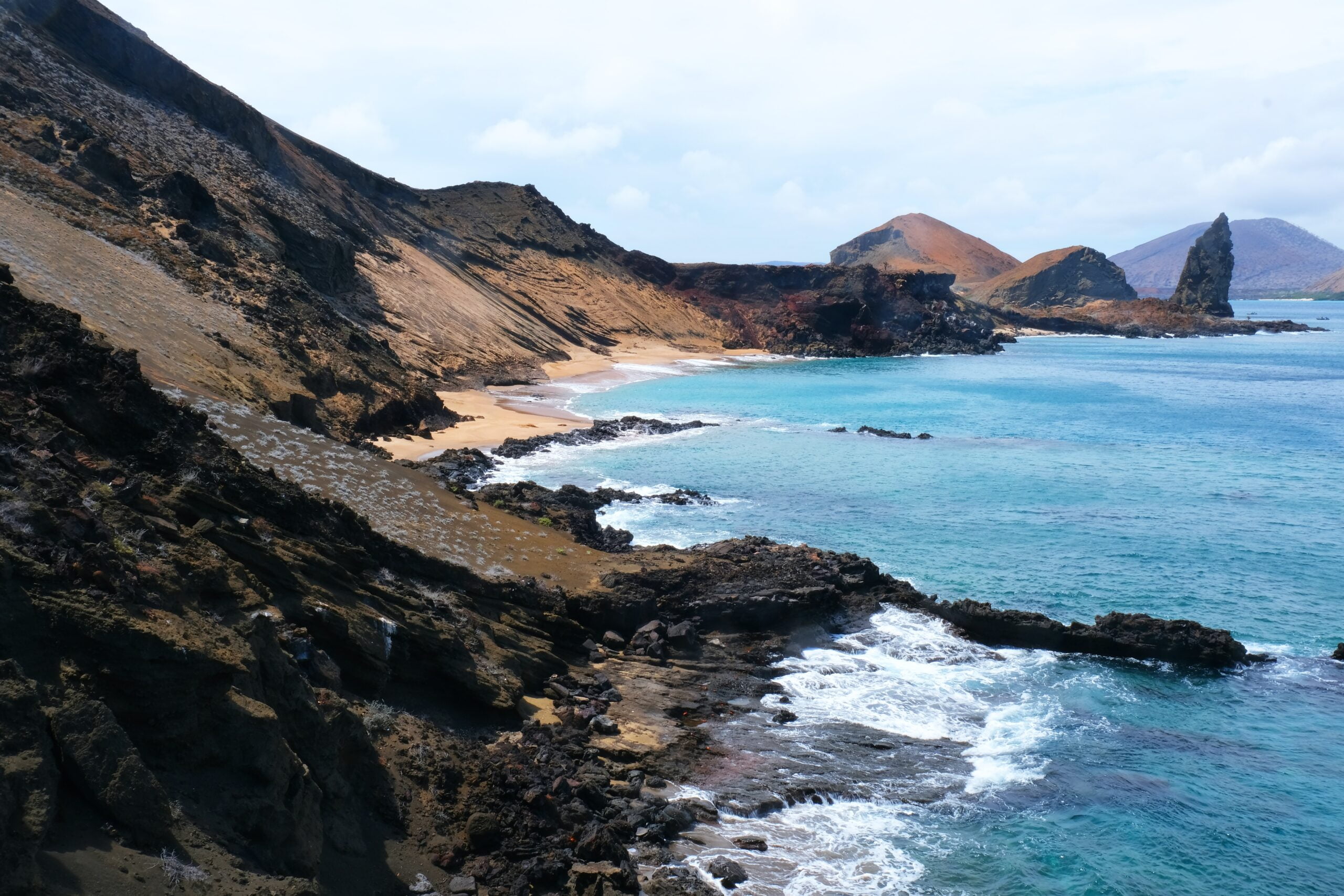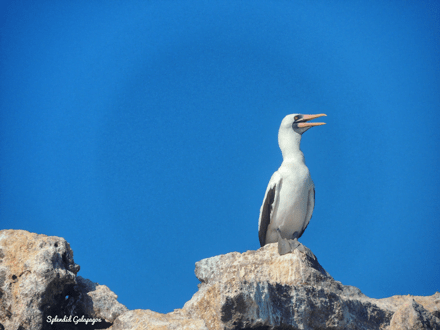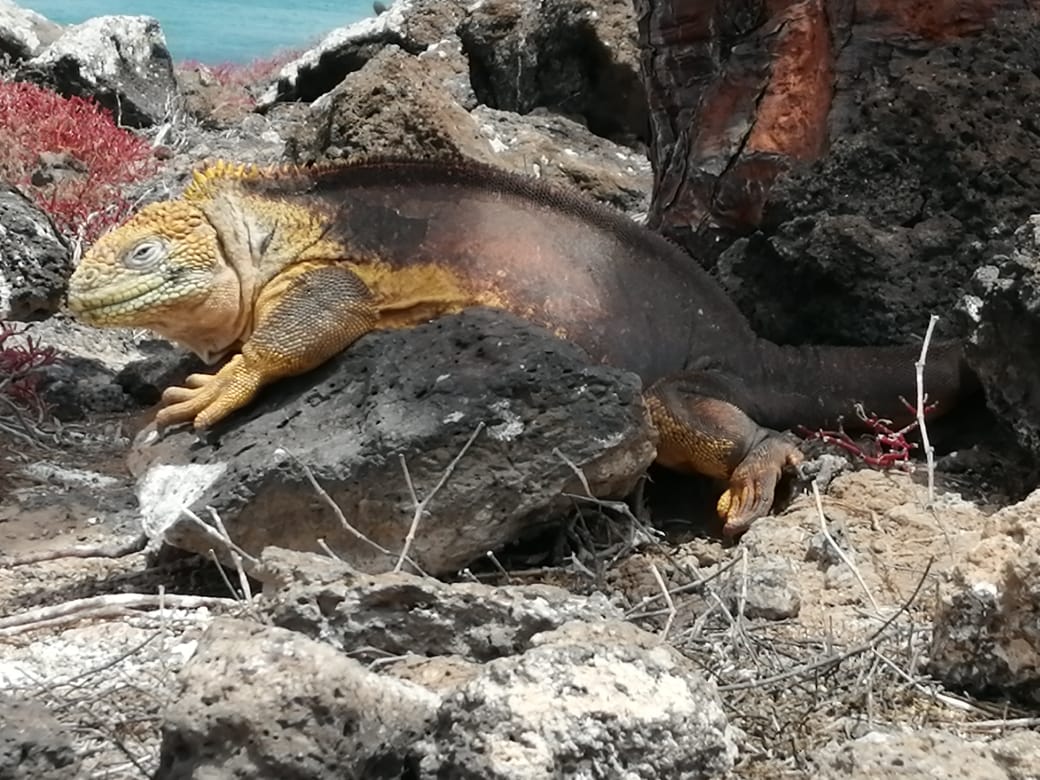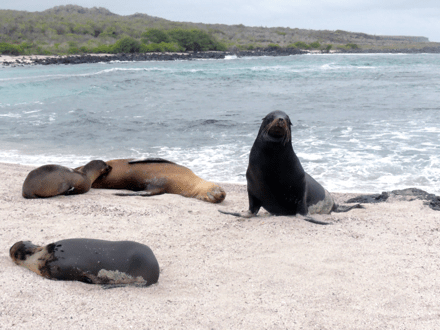Galapagos Attractions
THE GALAPAGOS ISLANDS
The Galapagos Islands were formed out of the Earth’s crust, which means they are constantly moving from west to east. Around 5 million years ago, when the Earth’s crust passed over hotspots with higher temperatures, the pressure and temperature caused the formation of holes. These holes gave rise to a series of volcanoes, from which molten lava stones flowed. As they reached the surface and emerged from the sea, they formed the islands we see today. Hence, the Galapagos Islands emerged from the sea and have a volcanic origin.
The process of rock fragmentation was facilitated by winds and ocean currents. Algae and lichens that arrived on the islands helped in the formation of sediment, preparing the soil for seeds to germinate and creating a suitable habitat for various forms of life. This established a thriving food chain.
Seabirds are believed to be the first species to have crossed the ocean and arrived at the islands. They carried seeds, either on their bodies or in their droppings. These birds recognized the Galapagos Islands as a suitable place to inhabit, with abundant food in the sea and a safe environment for reproduction, without the presence of predatory birds.
Land animals are thought to have arrived by floating on logs or small floating islands. These land masses, which detached from the continent, reached the islands with the help of ocean currents.
The species that arrived had to adapt to their new habitat to survive, making them unique species found nowhere else in the world.

